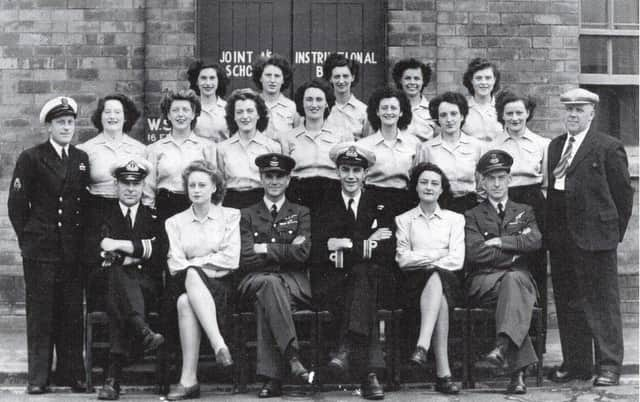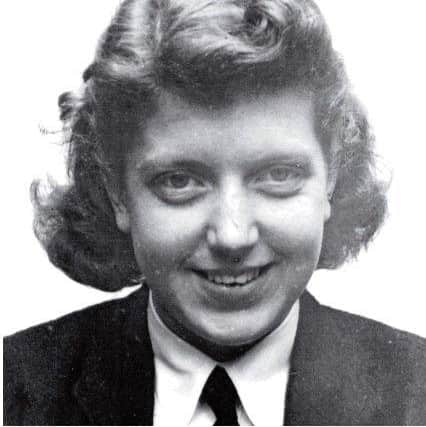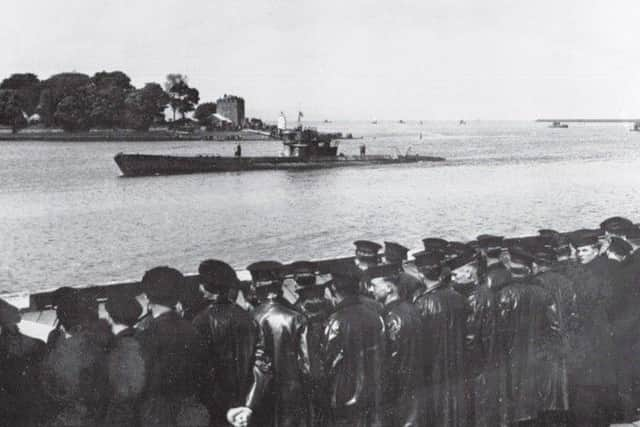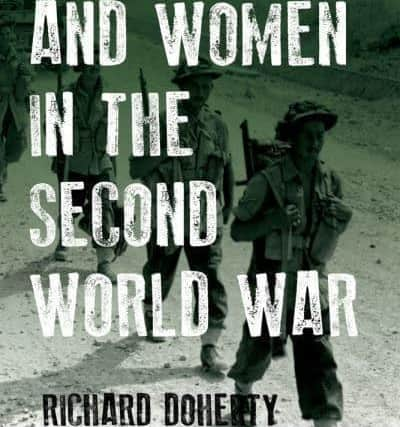New book chronicles Ireland’s WWII ‘Champions of sea, land and air’


Maeve Boyle joined the Wrens (Women’s Royal Naval Service) in 1942 at the height of the Second World War.
A Derry girl, she was posted to HMS Ferret, her home town, to become one of some 300 Wrens based in the city, most of whom were Irish girls.
Advertisement
Hide AdAdvertisement
Hide AdShe did not regard her wartime role as glamorous or exciting.


“We did a job, that was it, but we did it in uniform, and a lovely uniform it was. We were trained in office administration and learned skills that we wouldn’t have had the opportunity to learn otherwise.
“At first, I worked in Smyth’s stores right beside the water. We stored blankets there, as well as uniforms and navy-blue pullovers. Those were very heavy pullovers for use in the north Atlantic. As well as the Royal Navy, we also supplied the Royal Canadian Navy and the Newfoundlanders. Newfoundland wasn’t part of Canada at that time.
“You would see sailors come ashore from the ships after an Atlantic crossing and they would be absolutely weary. One whiskey would have sent them crazy.”
Advertisement
Hide AdAdvertisement
Hide AdMaeve Boyle’s wartime experiences are just one of many included in ‘Irish Men and Women in the Second World War’ (Four Courts Press), the latest book by Derry-born military historian Richard Doherty.


It is a brand new edition of Richard’s bestselling 1999 book of the same title with its most important elements updated.
New sources and careful examination show the numbers of Irish in the UK forces – at over 133,000 – to be higher than hitherto believed. That figure includes over 66,000 personnel from the Irish Republic and some 64,000 from Northern Ireland. They served in every service and every theatre of war as their stories show.
As Maeve Boyle recalls, in spite of the rigours and shortages of wartime, there was still the opportunity to enjoy a social life.
Advertisement
Hide AdAdvertisement
Hide Ad“I enjoyed myself during the war. You could go to the pictures and sometimes I’d make two dates in one day. It was difficult not to use the wrong name at times. But the whole experience broadened your outlook. The city was very insular in those days.”


Maeve also recalls that as many as 200 local girls, some of them from Donegal, joined the Wrens and most were Catholic.
One of her closest friends was Molly Mason, who became a nun after the war and was later principal of Thornhill College, the Catholic girls’ convent grammar school on the banks of the Foyle.
In ‘Irish Men and Women in the Second World War’, Richard Doherty tells their stories using a wide array of sources including personal interviews, contemporary documents, citations for gallantry awards – among them the Victoria Cross – published accounts and memoirs.
The book is out now and is available via Four Courts Press.